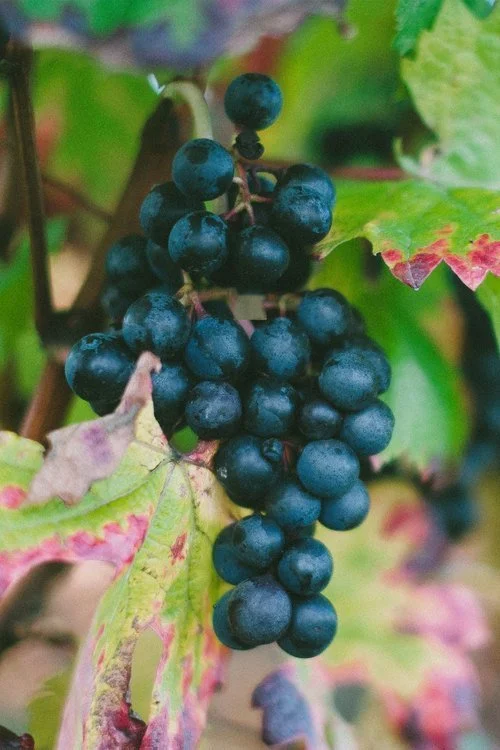
Cahors
Midway between the Atlantic Ocean, Pyrénées Mountains, and Mediterranean Sea lies one of France's best kept secrets: the Cahors appellation.
Geography
The Cahors appellation is located in the rolling foothills of the Massif Central, France’s highland region marked by high altitudes and rugged, diverse terrain. At the heart of the region, the Lot River carves a serpentine route for 60 kilometers from east to west, where it eventually flows into the Garonne River in Bordeaux (140 miles to the west), and then to the Atlantic Ocean. A combination of cool Atlantic breezes and warm, Mediterranean sun provide the ideal environment for growing Malbec.
Terroir
The sharp twists and turns of the Lot River, along with the gently sloping hills, shape the Cahors vineyards and contribute to countless variations of terroir and microclimates. This adds to the complexities and nuances of the area’s wines. The terroir is generally divided into two types: the land on a higher altitude limestone plateau, called the Causse, and the lower Terraced land in the river valley, made up of soils of varying alluvial deposits.

Malbec is one of the 5 varietals permitted in Bordeaux winemaking. But Cahors is where this noble grape truly thrives and shines.
History
Malbec originated here in Cahors, when the Ancient Romans first planted vines 2,000 years ago. During the middle ages, Côt, also referred to as the “black wine of Cahors” was renowned throughout Europe and coveted by Popes, kings, and nobility. In the late 1700s, Monsieur Malbeck, a Bordelaise farmer, lent the grape his name. Though the Cahors wine industry fell into a period of decline after the ravages of the phylloxera pest in the late 1800s, and again after a devasting frost in the winter of 1956, the region has been steadily rebuilding and flourishing. In 1971, Cahors received its prestigious Appellation d'Origine Contrôlée (AOC) designation. Today, with the dedication of skilled vignerons like the Dimanis, Cahors is undergoing a renaissance in wine production and is reclaiming its reputation as the source of the world’s finest Malbecs.
Cahors Malbec
Though Malbec has become associated with Argentina in recent years, its native home is Cahors. In both the New World and Old World, the dark, thin-skinned grapes produce wines flavored with notes of dark berry fruits. Argentinian Malbecs put these fruity flavors in the forefront; ripe, jammy characteristics and a higher alcohol content are the result of that region’s more intense sunlight. French Malbecs tend to be leaner and more restrained, with lower alcohol content and a balance between the levels of fruit and acidity. The limestone soils of Cahors produce wine with more structured tannins and greater complexity. French Malbec is truly a special wine with its own distinct character. Tasting the wines of Cahors is key to understanding the full range of this extraordinary varietal.




